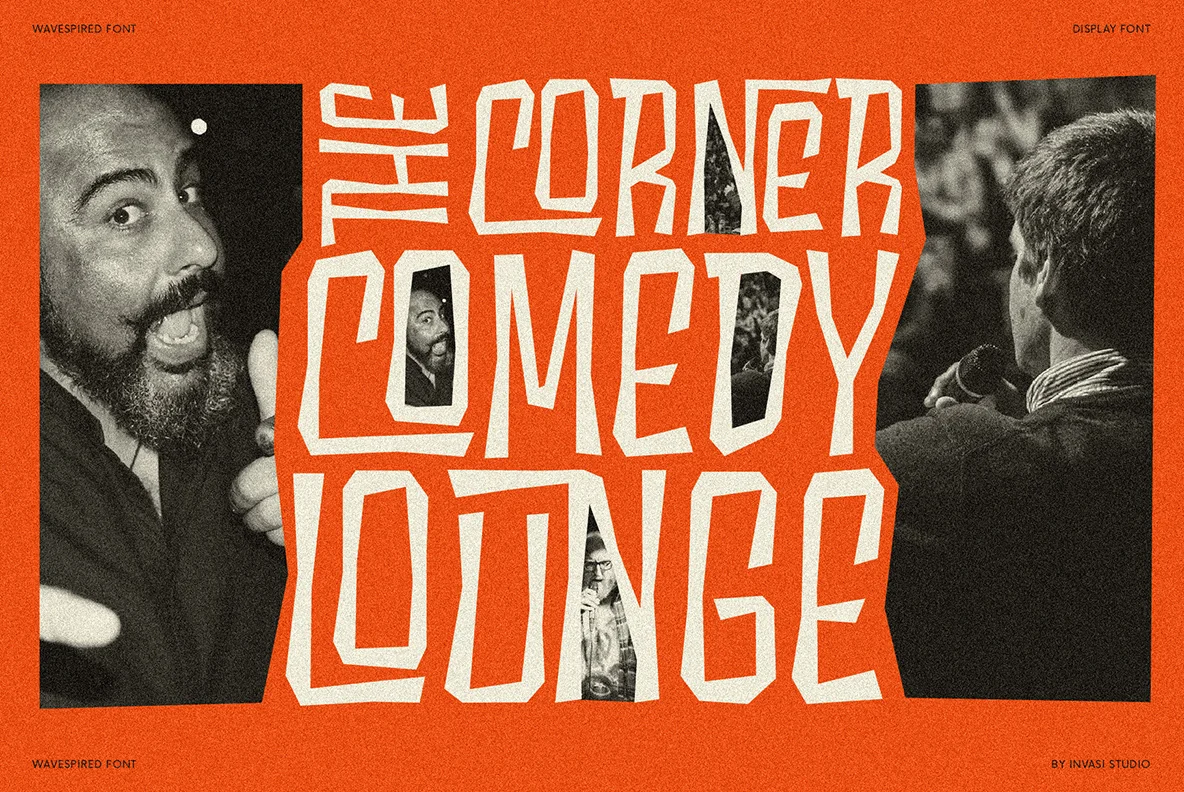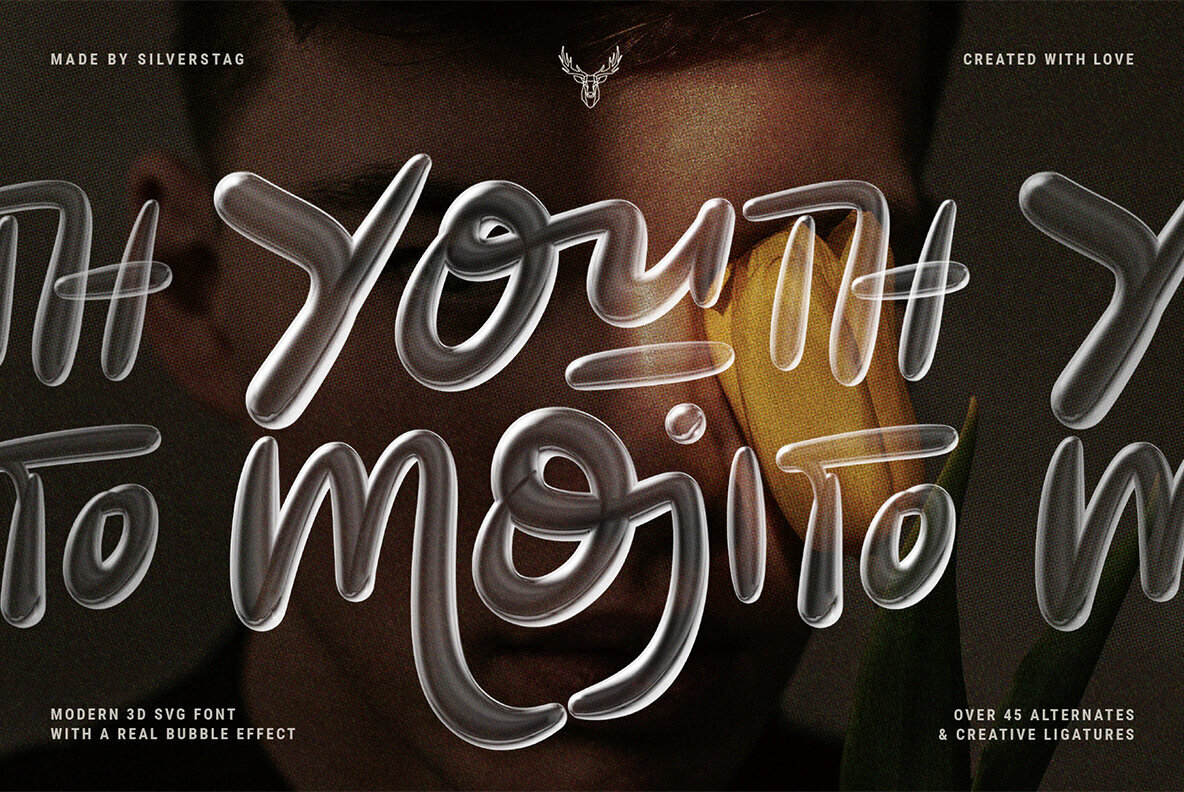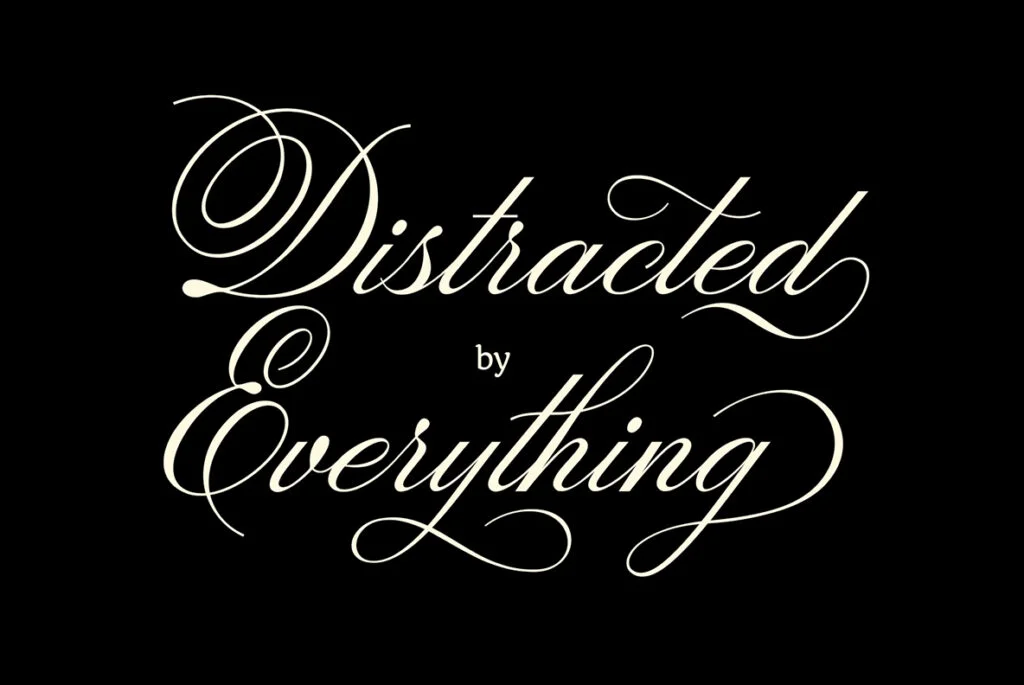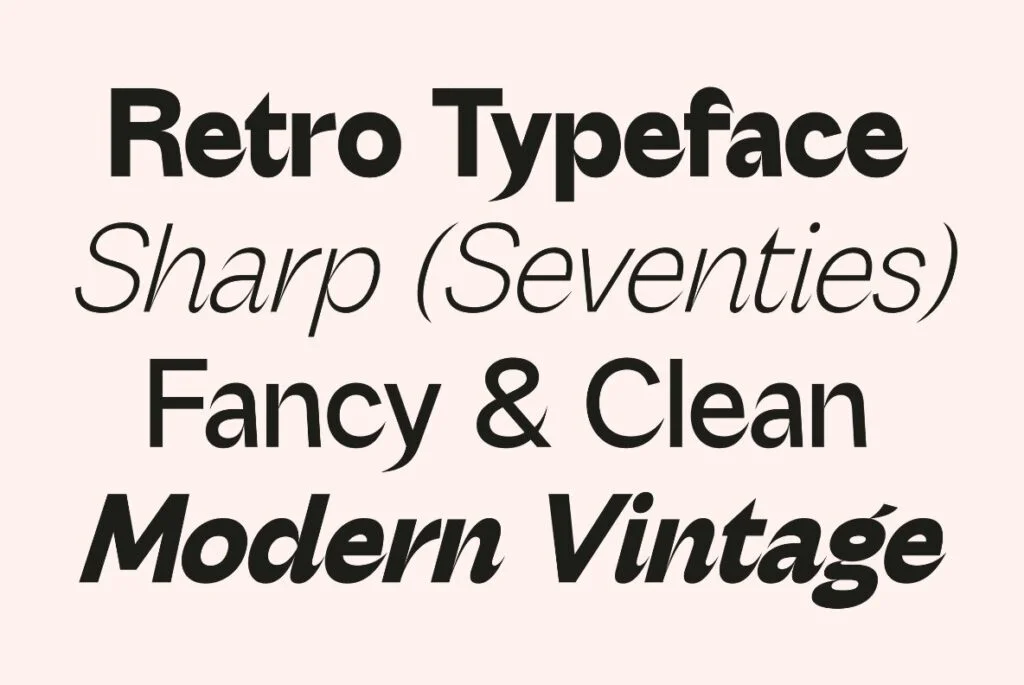Introduction: The Art and Soul of Typography
In the world of design, fonts are more than mere vessels for words. They are the brushstrokes of language, the melody to the lyrics, the very soul of communication. The craft of font design is an intricate dance between form and function, aesthetics and readability, tradition and innovation. This article offers a glimpse into the rich tapestry of font design, exploring the history, artistry, and evolution of this fascinating craft.
The Early Beginnings: Scribes and Manuscripts
Long before the advent of the printing press, the design of fonts was the exclusive domain of scribes and calligraphers. With quill and ink, they painstakingly crafted each letterform, imbuing them with elegance and personality. The art of calligraphy was not merely about writing; it was a form of artistic expression, where each stroke and curve was a testament to the scribe’s skill and creativity.
The Gothic script, with its ornate and angular forms, was a popular style during the Middle Ages. Blackletter, a subset of Gothic script, became synonymous with religious texts and legal documents, reflecting the solemnity and formality of the times.
The Printing Press: A New Era of Typography
The invention of the printing press in the 15th century marked a seismic shift in the world of typography. Suddenly, the craft of font design was no longer confined to the hands of a few skilled artisans. The printing press democratized typography, allowing for the mass production and standardization of fonts.
The first typefaces were heavily influenced by the handwritten scripts of the time, such as the elegant and humanistic serif fonts designed by Nicolas Jenson. However, the printing press also opened the door to experimentation and innovation. New styles emerged, such as the Roman typeface, which became the precursor to modern serif fonts.
The Modern Era of Font Design: From Metal to Pixels
With the dawn of the 20th century, the craft of font design entered a new phase of technological innovation. The transition from metal type to phototypesetting allowed for greater flexibility and precision in font design. The Bauhaus movement, with its emphasis on geometric simplicity, gave rise to modern sans-serif fonts like Futura.
The digital revolution further transformed the landscape of font design. The advent of computer-aided design tools enabled designers to create fonts with unprecedented ease and creativity. The rise of the internet brought about the need for web-friendly fonts, leading to the development of web fonts and OpenType SVG fonts.
The Digital Age: A Renaissance of Creativity
The digital age has ushered in a renaissance of creativity in font design. With advanced design software and a global platform for collaboration and distribution, designers are pushing the boundaries of what’s possible with typography.
Serifs: The Timeless Classics
Serif fonts, characterized by their decorative “feet” at the ends of letter strokes, have a rich history dating back to the Roman inscriptions. In the digital age, serif fonts like Times New Roman continue to be a popular choice for their readability and classic elegance. They are often associated with formal and scholarly texts, embodying a sense of tradition and authority.
Sans Serifs: The Modern Minimalists
Sans serif fonts, devoid of the decorative strokes found in serif fonts, represent the epitome of modernity and simplicity. Helvetica, with its clean and neutral design, has become an iconic sans serif font, widely used in everything from corporate logos to public signage. The digital era has seen a proliferation of sans serif fonts, reflecting the minimalist aesthetics of contemporary design.
Scripts: The Expressive Artists
Script fonts, inspired by handwritten cursive writing, bring a touch of personality and flair to typography. From the elegant calligraphy of Edwardian Script to the playful bounce of Pacifico, script fonts offer a wide range of expressive possibilities. In the digital age, script fonts have found a resurgence in branding and creative design, adding a human touch to the virtual world.
Variable Fonts: The Future of Typography
Variable fonts represent the cutting edge of font technology, allowing designers to adjust a font’s weight, width, slant, and other attributes with fine precision. This flexibility opens up new horizons for customization and responsiveness, enabling fonts to adapt seamlessly to different devices and contexts.
The Art of Font Design: A Symphony of Craftsmanship
The craft of font design is a delicate balance between art and science, intuition and logic, tradition and innovation. It’s about understanding the anatomy of letters, the rhythm of spacing, the harmony of proportions. But it’s also about capturing the essence of emotion, the nuance of culture, the voice of an era.
From the meticulous hand of the medieval scribe to the digital wizardry of the modern designer, the journey of font design is a testament to human creativity and ingenuity. It’s a craft that transcends mere functionality, elevating words into visual poetry, transforming ink and pixels into a symphony of form and meaning.
Today’s Market: A Flourishing Ecosystem
In today’s market, the world of font design is more vibrant and diverse than ever before. The accessibility of design tools and the rise of online platforms have democratized the field, allowing independent designers to showcase their work and connect with a global audience.
Web Fonts: Bridging the Digital Divide
The emergence of web fonts has revolutionized the way we experience text online. No longer confined to a limited set of standard fonts, designers can now access a vast library of typefaces specifically optimized for digital screens. This has led to a more dynamic and visually rich online landscape, where typography plays a central role in user experience and brand identity.
OpenType SVG Fonts: A New Dimension of Creativity
OpenType SVG fonts bring a new dimension of creativity to typography, allowing designers to incorporate colors, gradients, and textures within the letterforms. This opens up exciting possibilities for artistic expression, enabling fonts to become more than just black and white symbols but vibrant and multi-dimensional artworks.
The Rise of Independent Type Foundries
The digital age has also seen the rise of independent type foundries, small studios specializing in custom and retail fonts. These foundries are often driven by a passion for craftsmanship and innovation, pushing the boundaries of traditional typography and contributing to the richness and diversity of the font ecosystem.
A Living Art Form
The craft of font design is a living art form, constantly evolving and adapting to the changing currents of technology, culture, and aesthetics. It’s a journey that spans centuries and continents, from the ink-stained hands of ancient scribes to the pixel-perfect precision of digital designers.
The epochs of typefaces are more than mere chapters in the history of design; they are a reflection of our collective human experience, a chronicle of our aspirations and ideas, our struggles and triumphs. Whether carved in stone or rendered in pixels, fonts are the silent narrators of our stories, the unseen artisans behind the alphabet.
In the end, the art of font design is not just about shapes and lines; it’s about the soul of communication, the heartbeat of culture, the voice of humanity. It’s a craft that celebrates the beauty of the written word, the power of visual language, and the timeless dance between form and meaning. It’s a world where every letter tells a story, and every story is a world unto itself.
In the words of the great typographer Hermann Zapf, “Typography is two-dimensional architecture, based on experience and imagination, and guided by rules and readability.” And in this two-dimensional architecture, the artisans behind the alphabet continue to build bridges, open doors, and illuminate the path of understanding and connection. Their craft is not just a profession; it’s a calling, a passion, a celebration of the human spirit.










